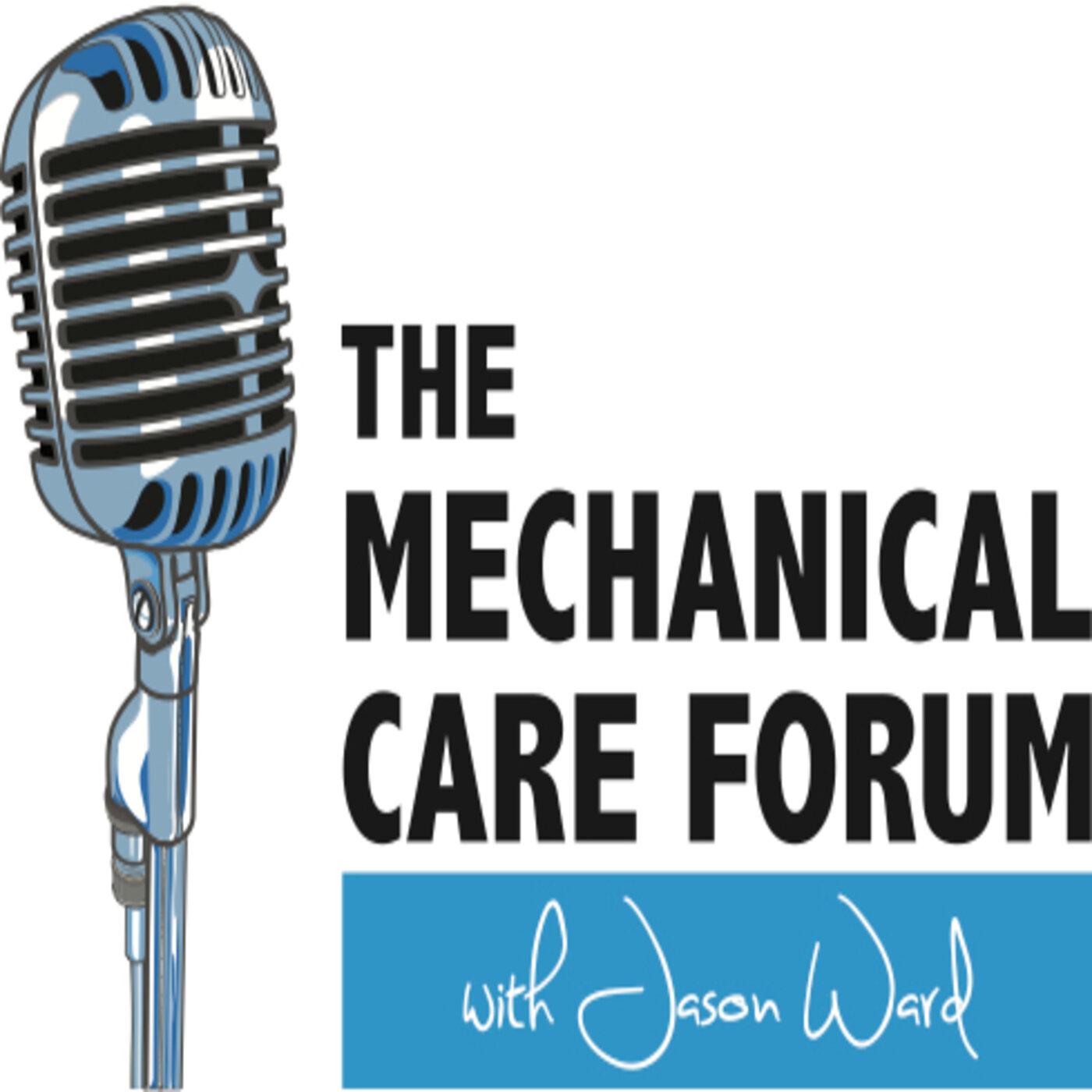Annie O'Connor PT, OCS Cert MDT
Annie O’Connor received her BS in PT from St. Louis University in 1986 and a masters in Orthopedic PT from Northwest University in 1993. She’s an orthopedic clinical specialist as recognized by the APTA since 1999 and is credentialed in MDT since 2005. She’s co-authored multiple peer-reviewed studies, articles in national and international publications, book chapters and is the co-author of her new book A World of Hurt: A guide to Classifying Pain.
Annie is the recipient of the 2009 Henry B. Betts Innovation Award. She currently is the clinical manager for the Rehab Institute of Chicago at the River Forest Spine and Sport Center.
Annie’s Background
Annie is the clinical manager of the Rehabilitation Institute of Chicago, where she has spent her entire Physical Therapy career. She shares some of her personal and professional background, as well as some important principles of treatment that she has learned and continues to employ during her 30 year stint at this institution.
Annie shares a familiar story regarding early frustrations and how she eventually came to have a better understanding of pain. She notes how these early frustrations led her to grow as a clinician and eventually publish her book, “A World of Hurt: A Guide to Classifying Pain.”
Quote
“Pain and disability is the victim. Negative thoughts and words are the culprit. Positive thoughts and words are the cure.”
She encourages us to consider the words we use with our patients and how they affect patient behaviors and outcomes.
A World of Hurt
Annie recalls the motivations and driving forces between the publication of “A World of Hurt,” and she recounts the influences of David Butler and her co-author, Melissa Kolski. She impresses upon us the importance of providing patients with information without over-using medical jargon, and making a point to ask patients what our words mean to them.
The Lamp Document: 5 Steps to a Pain Free Life
Annie shares an excellent analogy regarding pain and its potential mechanisms
Check the lightbulb, check the lightswitch
Referring to tight, weak tissue as a source of pain
Check the chord, check the outlet
Referring to peripheral nerve involvement
Check the circuit breaker
Brain misinterpreting pain i.e. central sensitivity
Call the electrical company
Potential affective component to pain
Scrambling at the box
Your body needs sensorimotor retraining
We hope to deliver this content to the committed professional who wants to improve his/her care and we hope to do it in a way that is easily accessible, the world over, in today's technological age.
To contribute:
Give a 5-star review on iTunes;
Share EP #114 with a friend; and/or
Connect with us on the Spotify MCF Podcast and MCF Instagram page!
Thanks for your support!


